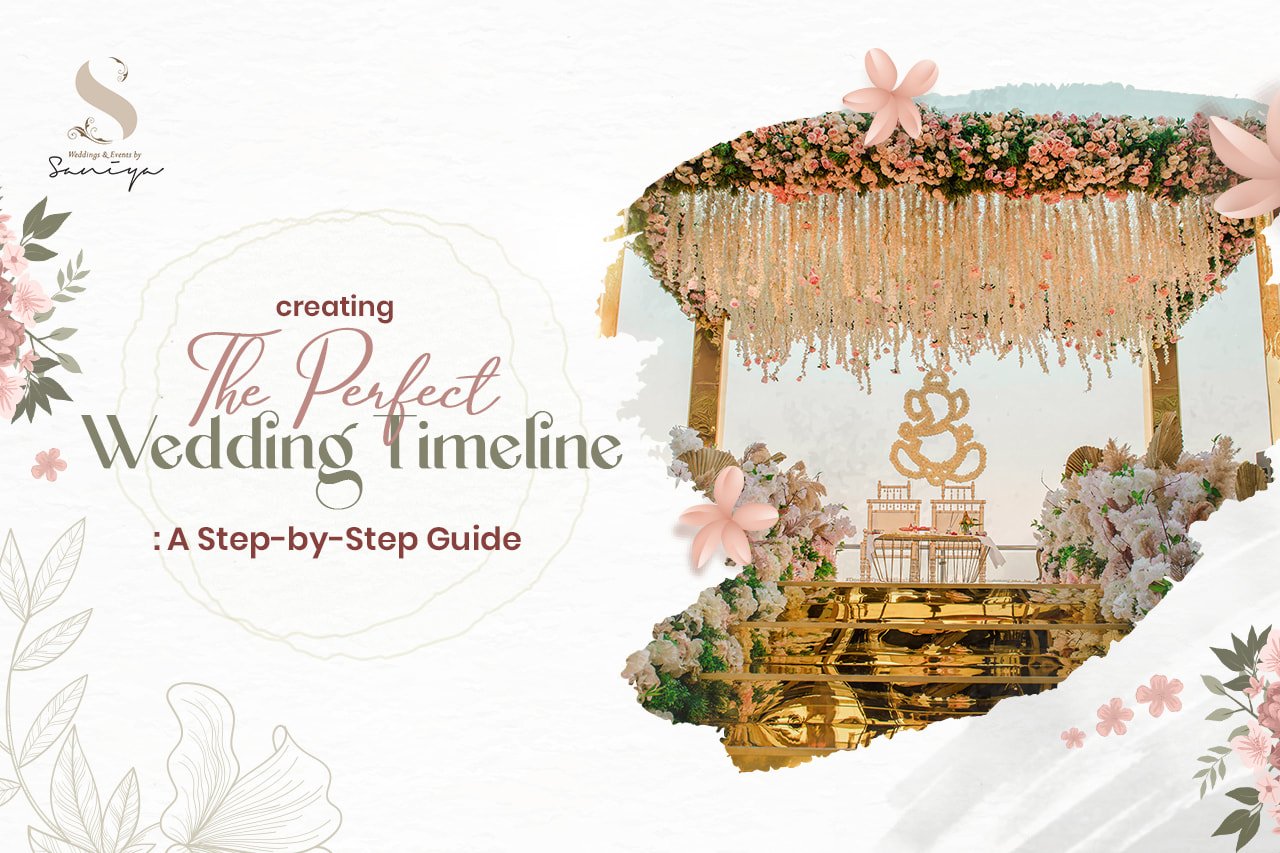
02 May Creating the Perfect Wedding Day Timeline: A Step-by-Step Guide
Congratulations on your upcoming wedding! Planning your big day can be exciting, but it can also be overwhelming. One of the most important aspects of your wedding planning is creating a timeline that will ensure everything runs smoothly on the day of the event.
A wedding day timeline is a detailed schedule of the events that will take place on your wedding day, from the pre-ceremony preparations to the final dance of the reception. A well-planned timeline can help to ensure that your wedding day flows seamlessly and that you and your guests can enjoy every moment of the celebration.
In this step-by-step guide, we will walk you through the process of creating the perfect wedding day timeline. We will cover everything from the pre-wedding preparations to the post-reception cleanup, and provide you with tips and tricks to make the process as easy and stress-free as possible. So, let’s get started and create a timeline that will make your wedding day Determining the time of day for your wedding: The time of day you choose will impact the timing of all of your wedding events.
Indian Wedding planning timeline includes multi-day celebrations with a variety of pre-wedding, wedding, and post-wedding events. Generally, Indian weddings have the following events:
Engagement: This is the first step in an Indian wedding timeline, where the families of the bride and groom exchange rings and officially announce the engagement.

Pre-Wedding Ceremonies: These ceremonies typically take place a few days before the wedding day and can vary depending on the family’s customs. Some common pre-wedding ceremonies include:
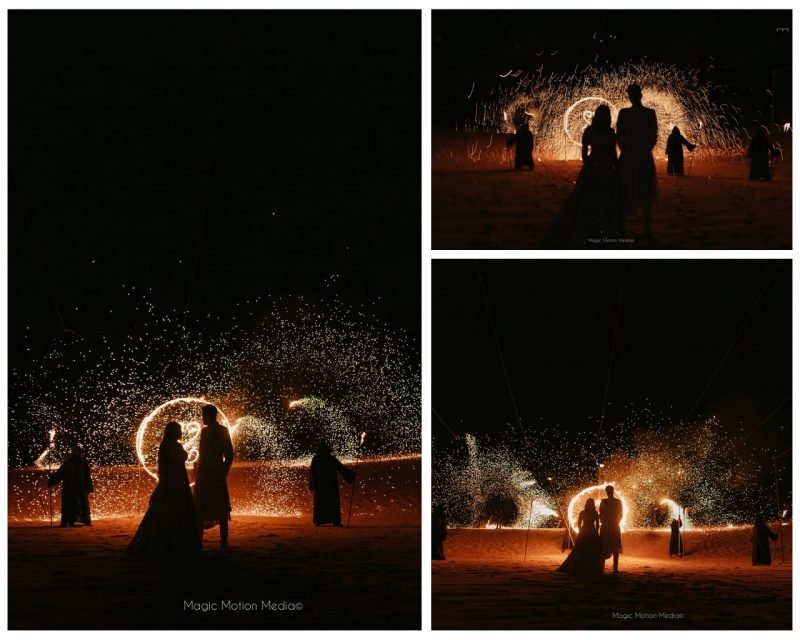
Mehendi Ceremony: A traditional ceremony where henna is applied to the bride’s hands and feet, and sometimes to the groom’s as well.
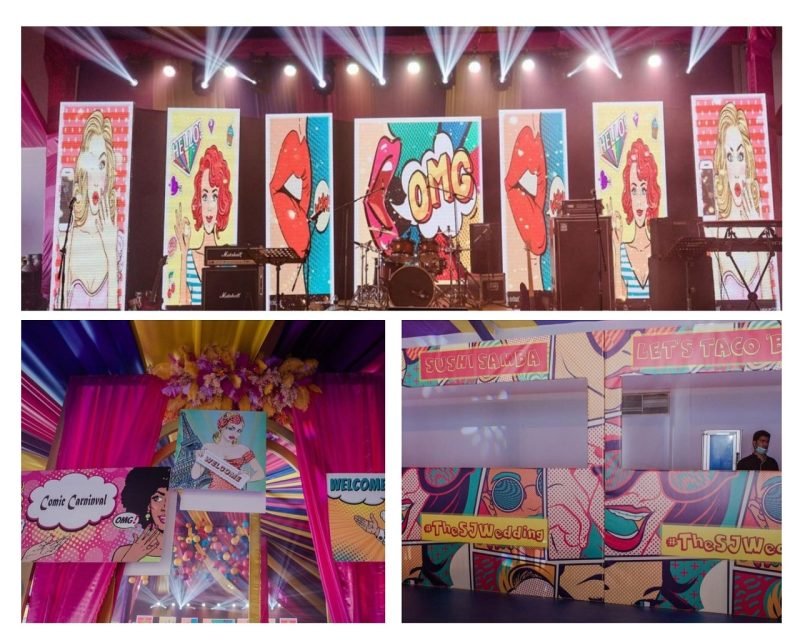
Sangeet Ceremony: A night of music and dance where the families of the bride and groom come together to celebrate.

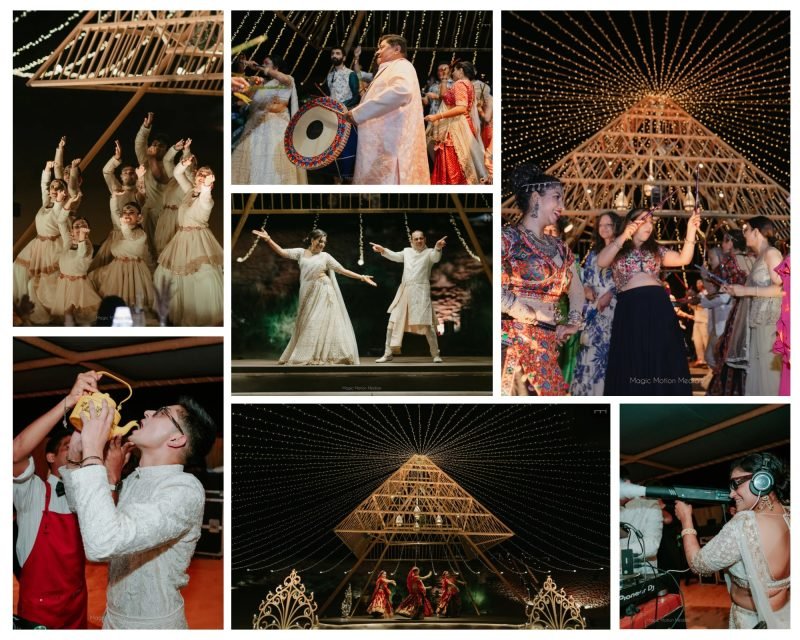
Haldi Ceremony: A ceremony where turmeric paste is applied to the bride and groom’s body to bless them and ward off evil spirits.

Wedding Day: The actual wedding ceremony usually takes place on the third day of the wedding festivities. The timeline of the wedding day can vary depending on the customs of the family, but here’s a general outline:
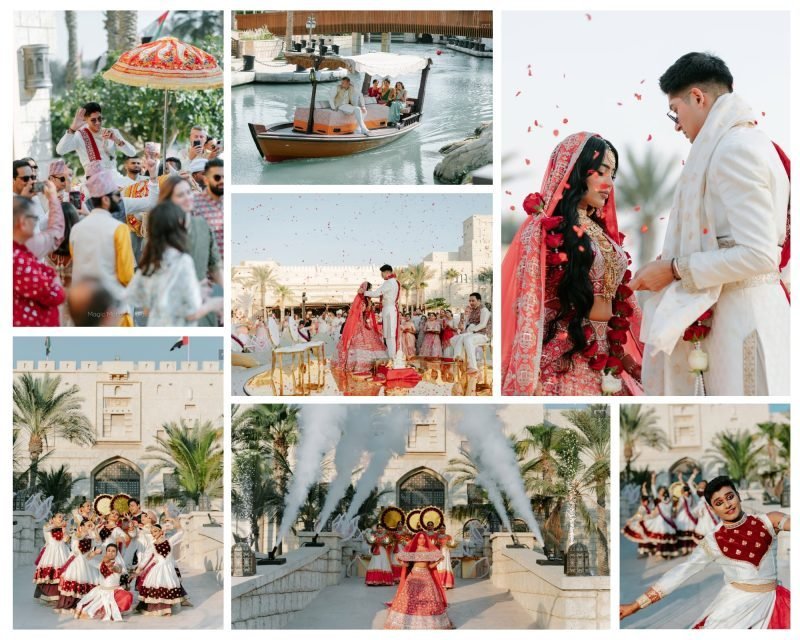
Baraat: With music playing and dancing, the groom and his family and friends arrive on a decorated horse or car to the wedding location.

Jaimala Ceremony: Flower garlands are exchanged between the bride and groom as a sign of their acceptance of one another.

Kanyadaan Ceremony: The bride’s father gives her hand in marriage to the groom.
Saat Phere Ceremony: The most important part of the wedding ceremony where the bride and groom take seven vows around a sacred fire.

Sindoor and Mangalsutra Ceremony: In order to signify their marital status, the groom places sindoor (vermilion powder) in the bride’s hair parting and fastens a mangalsutra (holy necklace) around her neck.
Reception: A reception is typically held following the wedding ceremony so that the newlyweds can meet their guests and receive blessings.
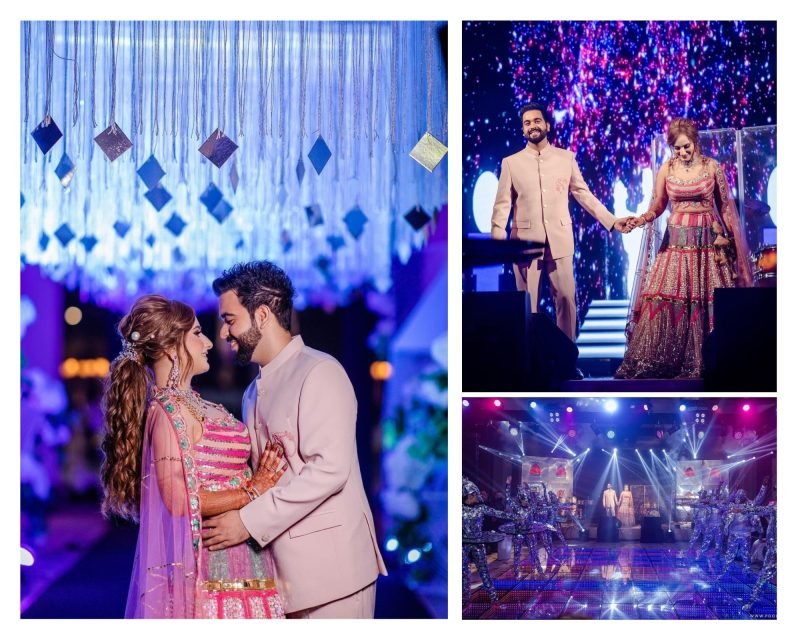
Again, it’s important to note that the timeline and customs of an Indian wedding can vary depending on the family and region, so this is just a general overview.
Example of a typical Indian Wedding Day Timeline:
Day-1
Morning/Afternoon: Mehndi ceremony (application of henna on bride’s hands and feet)
Evening: Sangeet ceremony (pre-wedding celebration with music, dance, and performances)
Day-2
- Pooja and haldi
- Baraat (groom’s procession to the wedding venue with family and friends)
- Milni (meeting of the groom’s and bride’s families)
- Jaimala (exchange of flower garlands between bride and groom)
- Kanyadaan (giving away of the bride by her father)
- Saat Phere (seven vows taken by bride and groom around the sacred fire)
- Sindoor and Mangalsutra (application of sindoor and tying of the mangalsutra by the groom around the bride’s neck, symbolizing their marriage)
- Reception (dinner and celebration with family and friends)
It’s important to note that the exact timing of each event may vary depending on the specific traditions and customs of the couple and their families. For example, some families may choose to have the wedding ceremony in the morning or afternoon instead of the evening, while others may have additional events such as a pre-wedding puja or a post-wedding bidaai (farewell) ceremony.
Indian weddings are often elaborate affairs with a lot of moving parts, so it’s important to have a detailed timeline and to communicate with all vendors and participants to ensure a smooth and successful wedding day. It’s important to note that the timing of each event may vary depending on the couple’s preferences and the specific customs and traditions of their families.
The key to creating a successful Indian wedding day timeline is to communicate clearly with all vendors, participants, and family members involved in the wedding planning and to be flexible and adaptable to any changes or adjustments that may arise.
Example of a Wedding Day Timeline for an Indian Wedding with a 4:00 pm ceremony:
- 12:00 pm – 2:00 pm: Mehndi ceremony for the bride
- 2:00 pm – 3:00 pm: Hair and makeup appointments for bride and bridal party
- 3:00 pm – 4:00 pm: Baraat procession and groom’s arrival
- 4:00 pm – 4:30 pm: Guests start arriving for the ceremony, ushers seat guests
- 4:30 pm – 5:30 pm: Wedding ceremony, including Kanyadaan, Saat Phere, Sindoor, and Mangalsutra ceremonies
- 5:30 pm – 6:30 pm: Cocktail hour with hors d’oeuvres and drinks
- 6:30 pm – 7:00 pm: Grand entrance of wedding party and bride and groom
- 7:00 pm – 7:30 pm: First dance, followed by parent dances
- 7:30 pm – 8:30 pm: Dinner is served, toasts and speeches
- 8:30 pm – 9:00 pm: Cake cutting and dessert served
- 9:00 pm – 11:00 pm: Dancing and partying
- 11:30 pm – 12:00 am: Last dance and bidaai
- 12:00 am – 1:00 am: Cleanup and breakdown
It’s important to note that the timing of each event may vary depending on the specific customs and traditions of the couple and their families. For example, some Indian weddings may have additional pre-wedding events, such as a Haldi or Sangeet ceremony, that takes place earlier in the day or the day before. It’s also important to communicate with all vendors, participants, and family members involved in the wedding planning to ensure a smooth and successful wedding day.
Creating the perfect wedding day timeline is a crucial part of wedding planning, as it ensures that the wedding day runs smoothly and efficiently. A wedding day timeline should be created by the couple and their wedding planner, if they have one, and should take into account all the events that will take place on the wedding day.
Determining the ceremony start time is the first step in making a timeline for a wedding as it sets the tone for the rest of the day. Once the ceremony start time has been set, the timeline can be created by working backward and forwards from that time, taking into account any events that need to happen before or after the ceremony.
It’s important to allow enough time for each event, such as hair and makeup appointments, photography sessions, and transportation, as well as leaving extra time for unexpected delays or issues that may arise. Communication with all vendors, participants, and family members involved in the wedding planning is also crucial, as everyone needs to be on the same page and aware of the schedule for the day.
Flexibility is also important when creating a wedding day timeline, as unexpected delays or changes may occur. It’s a good idea to build in some extra time between events to allow for any unforeseen circumstances that may arise.
In conclusion, Careful planning, open communication, and flexibility are necessary for creating the ideal wedding timeline. By following these steps and working closely with your wedding planner and vendors, you can create a timeline that ensures your wedding day runs smoothly and is everything you’ve ever dreamed of.
